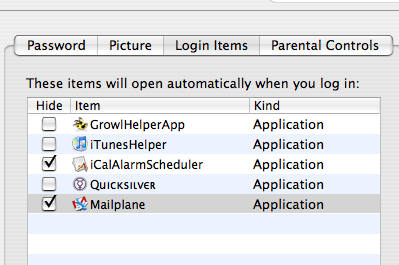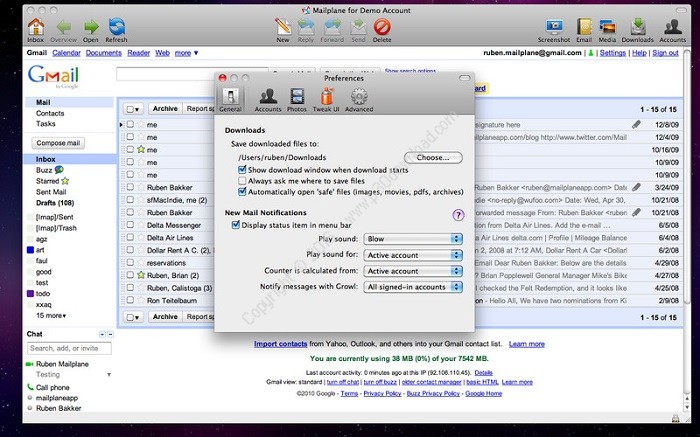

Access was provided by the use of aluminum covers over the top, arranged and constructed so that, with passengers aboard, the roof door could be folded down. The passengers were seated well down in the compartment and protected by suitable windshields. A unique feature was the provision of two removable seats that permitted carrying passengers or reserve pilots from one field to another. It was six feet long, had a capacity of 58 cubic feet, and could carry up to 1,000 pounds of mail. It was situated in front of the pilots cockpit, sealed from the engine by a fireproof bulkhead, and lined with reinforced Duralumin. A small 10-gallon gravity tank was located in the upper wing.Ī design detail of particular interest was the location and construction of the M-2 mail compartment.

Two main fuel tanks, each of sixty gallons capacity and made of sheet aluminum, were so mounted in the lower wing that they could be jettisoned by the pilot. The power plant was a 400-hp, Liberty water-cooled engine, with nose radiator. The wings, vertical fin, and horizontal stabilizer were of standard wood beam and built-up rib construction, with the elevators and rudder made of Duralumin tubing.

The fuselage aft of the firewall was covered with fabric. The engine section was detachable at the station at the front wing beam and the engine cowling was hinged to facilitate inspection. The fuselage, a truss of steel tubes and tie rods, was made in two detachable sections. The M-2 was a single-bay biplane with the conventional form of axleless undercarriage. The Douglas M-2 was selected because it was far superior in strength, construction, performance, and flying characteristics to other aircraft entered in the Post Office Department’s competition for airmail airplanes. For service over this route, a distance of about 660 miles, Western selected the Douglas M-2 aircraft, a mailplane version of the 0-2 observation plane produced by the Douglas Company to replace the U.S. On April 17, 1926, Western Air Service, Inc., commenced operation on Contract Air Mail Route 4 (CAM-4) between Los Angeles and Salt Lake City. It was then resold several times and was reacquired by Western Airlines in 1940 for display. Western Air Express acquired the airplane in June 1927 and flew it for almost 914 hours, before the airplane crashed in January 1930. It was delivered to the Post Office Department in 1926 as an M-4, which had a longer wing than the M-2 and cost $15,000. This M-2 was flown by Western Air Express, predecessor of Western Airlines, which inaugurated air mail service between Los Angeles and Salt Lake City via Las Vegas in April 1926. For more information, visit the Smithsonian's Terms of Use page.ĭesigned to replace de Havilland DH-4s for delivering the air mail in the mid 1920s, Douglas M-2s were sturdy, dependable aircraft that were popular with the newly formed airlines. You can copy, modify, and distribute this work without contacting the Smithsonian. View Manifest View in Mirador Viewer CCO - Creative Commons (CC0 1.0) This media is in the public domain (free of copyright restrictions). IIIF provides researchers rich metadata and image viewing options for comparison of works across cultural heritage collections.

For more information, visit the Smithsonian's Terms of Use page. CCO - Creative Commons (CC0 1.0) This media is in the public domain (free of copyright restrictions).


 0 kommentar(er)
0 kommentar(er)
